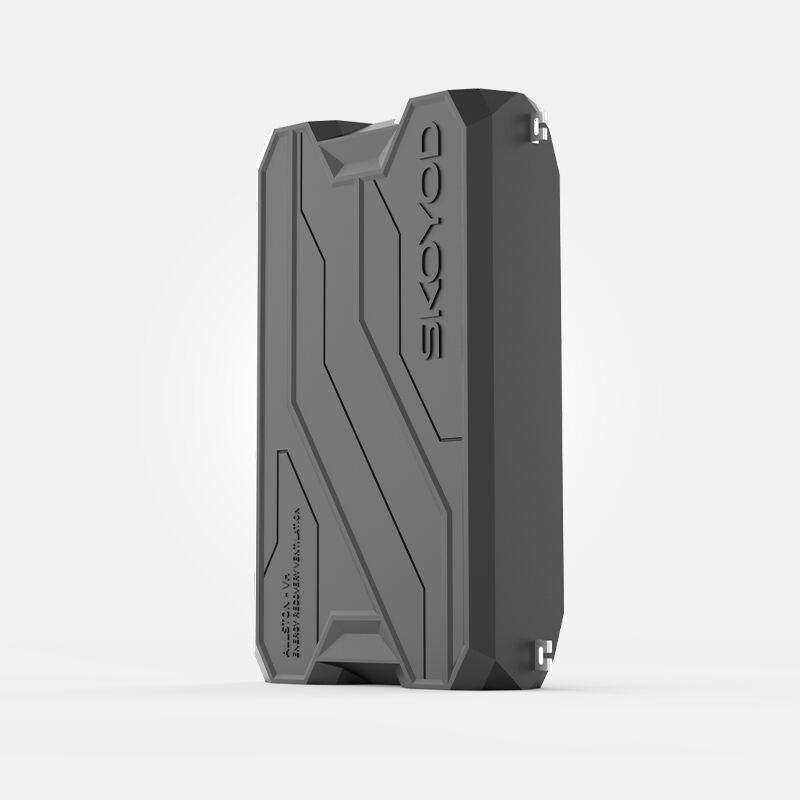What Is an Energy Recovery Ventilator (ERV)?
Definition and Core Purpose
An Energy Recovery Ventilator (ERV) is a specialized mechanical system designed to enhance indoor air quality by replacing stale indoor air with fresh outdoor air. The system operates by transferring energy from outgoing air to incoming air, helping to precondition the fresh air, which enhances energy efficiency. This process is essential in maintaining comfortable living conditions while minimizing the strain on heating and cooling systems in energy-efficient buildings. The effectiveness of ERVs lies in their ability to recover energy that would otherwise be wasted, making them a crucial component in buildings where minimizing energy loss is paramount.
The Role of ERVs in Modern HVAC Systems
ERVs play a crucial role in modern HVAC systems by improving the efficiency of heating and cooling processes. These units aid in managing the influx of fresh air without significantly increasing energy consumption, thus supporting environmental sustainability goals. By integrating ERVs within HVAC systems, we can considerably reduce the operational strain on conventional heating and cooling units. This integration not only prolongs the life of the systems but also reduces operational costs. ERVs ensure that we can enjoy a comfortable indoor environment while aligning with energy-saving practices crucial for modern buildings.
How ERVs Work: The Science Behind Energy Recovery Ventilation
Heat and Moisture Exchange Mechanism
Energy Recovery Ventilators (ERVs) operate through a sophisticated process of heat and moisture exchange, crucial for maintaining thermal comfort in indoor environments. They transfer energy from outgoing air to incoming fresh air, achieving a balance in humidity levels, which is particularly beneficial in climates with extreme seasonal changes. By optimizing temperature and humidity, ERVs enhance workplace productivity and mitigate health risks associated with poor indoor air quality. According to several studies, improved indoor conditions directly correlate with reduced absenteeism and higher employee performance, underscoring the significance of maintaining proper environmental conditions.
Key Components: Fans, Filters, and Heat Exchangers
The functionality of an ERV primarily relies on three vital components: fans, filters, and heat exchangers. Fans are responsible for efficient air movement, ensuring proper circulation within the system. Filters are essential for maintaining air quality; they clean the incoming air from outdoor contaminants. Lastly, heat exchangers play a crucial role in energy transfer, facilitating the recovery of thermal energy from the exhaust air to precondition the incoming air. Regular maintenance of these components is critical to the ERV's performance and longevity, as neglecting them can result in decreased efficiency and increased energy consumption. Consistent monitoring and servicing help ensure the system runs optimally, extending its lifespan and maximizing energy savings.
Benefits of Energy Recovery Ventilation Systems
Improved Indoor Air Quality and Health
Energy Recovery Ventilators (ERVs) play a crucial role in enhancing indoor air quality by constantly replacing stale indoor air with fresh, filtered outdoor air. This continuous fresh air supply greatly contributes to improved respiratory health and overall well-being by reducing exposure to pollutants and allergens. Cleaner air means a healthier living and working environment, as noted by the American Lung Association, which emphasizes the importance of maintaining high indoor air quality to prevent health issues, especially in homes and workplaces. Implementing ERVs can therefore be a proactive step towards fostering a healthier indoor atmosphere.
Energy Efficiency and Cost Savings
One of the major advantages of energy recovery ventilation systems is their ability to significantly improve energy efficiency and reduce costs. By recovering energy from the outgoing air, ERVs lessen the heating and cooling demands on HVAC systems, leading to noticeable reductions in utility bills. Various energy efficiency reports indicate that investing in an ERV can result in energy savings ranging from 20% to 50%. Although there's an initial setup cost associated with these systems, the long-term savings and the return on investment make them an economically sound choice for homes and businesses looking to optimize energy use and reduce operational expenses.
Humidity Control for Year-Round Comfort
ERVs are designed to effectively manage indoor humidity levels, crucial for year-round comfort and protection of home integrity. By balancing moisture, they not only make living spaces more comfortable but also protect against potential issues like mold growth and structural damage. Additionally, maintaining optimal humidity levels ensures the preservation of furniture and other belongings. This consistent regulation also enhances the efficiency of heating and cooling systems, provided by the reliable operation of ERVs, contributing to a comfortable and stable indoor environment while safeguarding the structure from potential moisture-related damages.


 EN
EN












